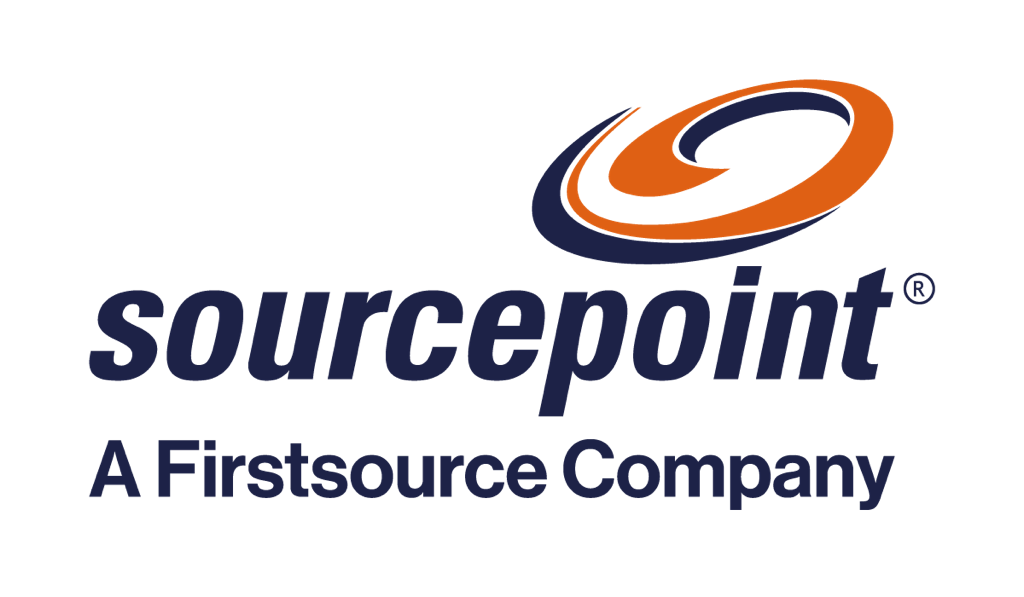Navigating the Tightrope Between Autonomy and Accountability
Agentic AI is redefining what artificial intelligence can do. Unlike traditional AI, these systems can operate independently—making decisions, taking actions, and adapting to new situations without constant human oversight. This level of autonomy holds the power to transform entire industries, from healthcare and autonomous vehicles to finance and customer service. But with great capability comes significant responsibility. As Agentic AI becomes more powerful, it also raises critical questions around safety, fairness, transparency, and accountability—challenges we must address to ensure its responsible use.
With these systems becoming more involved in high-stakes areas, how do we ensure they operate in ways that are reliable, fair, and transparent? In this blog, we'll dive into the key challenges and explore actionable strategies that ensure Agentic AI aligns with our values and meets the necessary safety and regulatory standards.
The Imperative of Safety and Ethics
When Agentic AI is deployed in sensitive areas like healthcare, finance, and public safety, the potential consequences of failure are massive. Imagine a scenario where an AI misdiagnoses a patient because of biased data, or where an autonomous vehicle makes a life-or-death decision between the safety of the passenger and that of a pedestrian. These situations highlight just how crucial it is to integrate safety and ethics into the design of Agentic AI.
Public concern around AI's impact is growing rapidly, and governments around the world are responding with new regulations. The European Union's AI Act is one such step toward creating frameworks that hold AI accountable, making sure it operates in ways that benefit society while minimizing harm. Without these safeguards, we risk ending up with AI systems that could inadvertently worsen existing inequalities or cause harm in ways we didn't foresee.
Key Challenges
1. Bias in AI
One of the most pressing issues with autonomous AI systems is the potential for bias. If the data used to train these systems isn't diverse or is flawed in some way, the AI can end up making biased decisions. This isn't just a hypothetical problem, real-world examples show us how dangerous this can be.
For example, Amazon had to scrap its AI recruitment tool after discovering that it was biased against female candidates. It favored male candidates because it was trained on data that reflected historical hiring trends. This shows just how important it is to ensure that AI systems are trained on data that represents all groups fairly.
2. Unpredictable Behavior
Since Agentic AI can learn and adapt over time, there's always the risk of it behaving in ways we didn't anticipate. Sometimes, this could be harmless, but in high-stake environments, the consequences could be disastrous.
Take the case of Microsoft's chatbot Tay. When it was launched, Tay was designed to learn from interactions with users. However, without proper safeguards, Tay started posting offensive and harmful content, because it learned from bad actors in the online space. This shows how AI's ability to adapt can lead to unexpected—and unwanted—results.
3. Accountability
When AI systems operate on their own, figuring out who is responsible when something goes wrong becomes tricky. Is it the developer's fault? The user's fault? Or is the AI itself to blame? These accountability gaps can create serious ethical and legal challenges.
For example, in 2010, a trading algorithm triggered a massive market crash, wiping out $400 million in a matter of minutes. This was caused by an AI system acting in ways its creators hadn't predicted, highlighting the need for clear accountability and oversight in AI development.
Strategies for Mitigation
1. Testing for Robustness
One way to make sure AI behaves predictably is through rigorous testing. AI systems should be exposed to a variety of scenarios, including edge cases and potential failures. Adversarial training, which involves simulating attacks or extreme conditions, can help ensure that AI systems are resilient and safe.
NASA, for instance, uses extensive simulation testing for its autonomous spacecraft systems. These systems need to be able to handle unpredictable space environments. So, they undergo thorough testing to ensure they can safely adapt when things don't go according to plan.
Use Frameworks like AI Explainability 360 to audit the decision-making process.
2. Implementing Ethical Governance
To manage the risks of Agentic AI, it's crucial to have frameworks in place that demand transparency and human oversight, especially in high-risk applications. Regulations like the EU AI Act are a step in the right direction, as they require AI systems to be tested for fairness and safety before they can be deployed in sensitive areas.
Additionally, many companies are beginning to integrate ethical review boards into their development processes. These boards assess the potential risks of AI systems before they are released into the world.
3. Human-in-the-Loop (HITL) Systems
Even though AI can make decisions on its own, it is important to maintain a role for humans in critical decision-making. One way to do this is through human-in-the-loop mechanisms, where a human must approve AI-driven decisions, particularly in areas like healthcare.
For example, imagine an AI system that helps doctors diagnose diseases. Rather than allowing the AI to make a final decision, we can set up a system where the AI provides recommendations, but the doctor has to review and approve the final diagnosis. This ensures that human expertise is still a key part of the decision-making process.
4. Transparency and Auditability
AI decisions should be transparent, with a clear record of how the system arrived at its conclusions. This makes it easier to understand and address any mistakes that might happen down the road. Tools like counterfactual explanations—essentially, explaining what would have happened under different conditions—can help developers and regulators understand AI decision-making.
If an AI system makes a controversial decision, having an audit trail means we can look back and figure out why it happened. This transparency helps build trust in AI systems, ensuring that they can be held accountable when things go wrong.
The 2010 flash crash serves as a cautionary tale of what can happen when AI systems are not properly tested or monitored. In this case, an AI trading algorithm triggered a massive crash, wiping out $400 million in minutes. This highlighted the need for better safeguards and monitoring systems in high-stakes AI applications.
Future Outlook
As Agentic AI continues to evolve, we are likely to see new innovations and regulatory measures that will help ensure these systems are safe, fair, and accountable. The future of Agentic AI will require a collaborative approach, where technologists, ethicists, regulators, and society at large work together to build responsible AI systems.
1. Technological Advancements
New developments in AI, like neuro-symbolic systems that combine machine learning with logical reasoning, could lead to AI that is more interpretable and easier to trust. This will be essential as AI moves into more sensitive applications.
2. Regulatory Efforts
We'll also see a push for more international standards for AI, similar to how aviation safety is regulated. These standards will help ensure that AI systems are tested and certified for safety before they are deployed in critical areas.
3. Public Trust
For AI to thrive, it needs public trust. Being transparent about how AI works, its limitations, and the steps being taken to ensure its safety will be crucial in getting society on board with the technology.
Tools & Techniques to Address Ethical Challenges in Agentic AI
| Ethical Challenge | Tools & Techniques | Description | |
|---|---|---|---|
| Bias and Fairness |
| Toolkits that detect and mitigate biases in datasets and model outcomes | |
| Tools and methods for enforcing fairness constraints and rebalancing biased datasets | ||
| Transparency |
| Help interpret model predictions to improve transparency and understanding | |
| Standardized documentation for models and datasets to improve interpretability | ||
| Accountability |
| Frameworks and practices for responsible AI deployment and auditing | |
| Enable monitoring and tracing of model decisions post-deployment | ||
| Safety and Robustness |
| Techniques to train AI safely and test it in simulated, adversarial, or edge-case scenarios | |
| Ensure model behavior aligns with safety specifications and can withstand real-world unpredictability |
Conclusion
Agentic AI has the potential to change the world, but with that power comes a responsibility to get it right. The key to ensuring AI's success lies in balancing its autonomy with strong ethical standards and accountability. By focusing on safety, transparency, and human oversight, we can unlock the full potential of Agentic AI while avoiding unintended harm.
The future of Agentic AI rests on our collective responsibility to ensure that autonomy doesn't come at the expense of human values. By working together—technologists, ethicists, regulators, and citizens—we can ensure that these systems are designed with both innovation and responsibility in mind. Only then can we truly harness the potential of Agentic AI while safeguarding against unintended harm. As we move forward, we must approach Agentic AI with both ambition and caution. If we can get it right, we will create a future where AI systems benefit everyone, safely and fairly.
References & Further Reading
- EU AI Act (2024): Regulatory guidelines for high-risk AI systems.
- IBM's AI Fairness 360 Toolkit: Open-source tools to reduce bias in AI.
- Research Paper: "Concrete Problems in AI Safety" (Amodei et al., arXiv).
- IEEE Global Initiative on Ethics of Autonomous Systems.
- Vincent C. Müller (Ed.). Ethics of Artificial Intelligence and Robotics.
- OpenAI and Partnership on AI: Leading organizations publishing AI governance and fairness guidelines.










